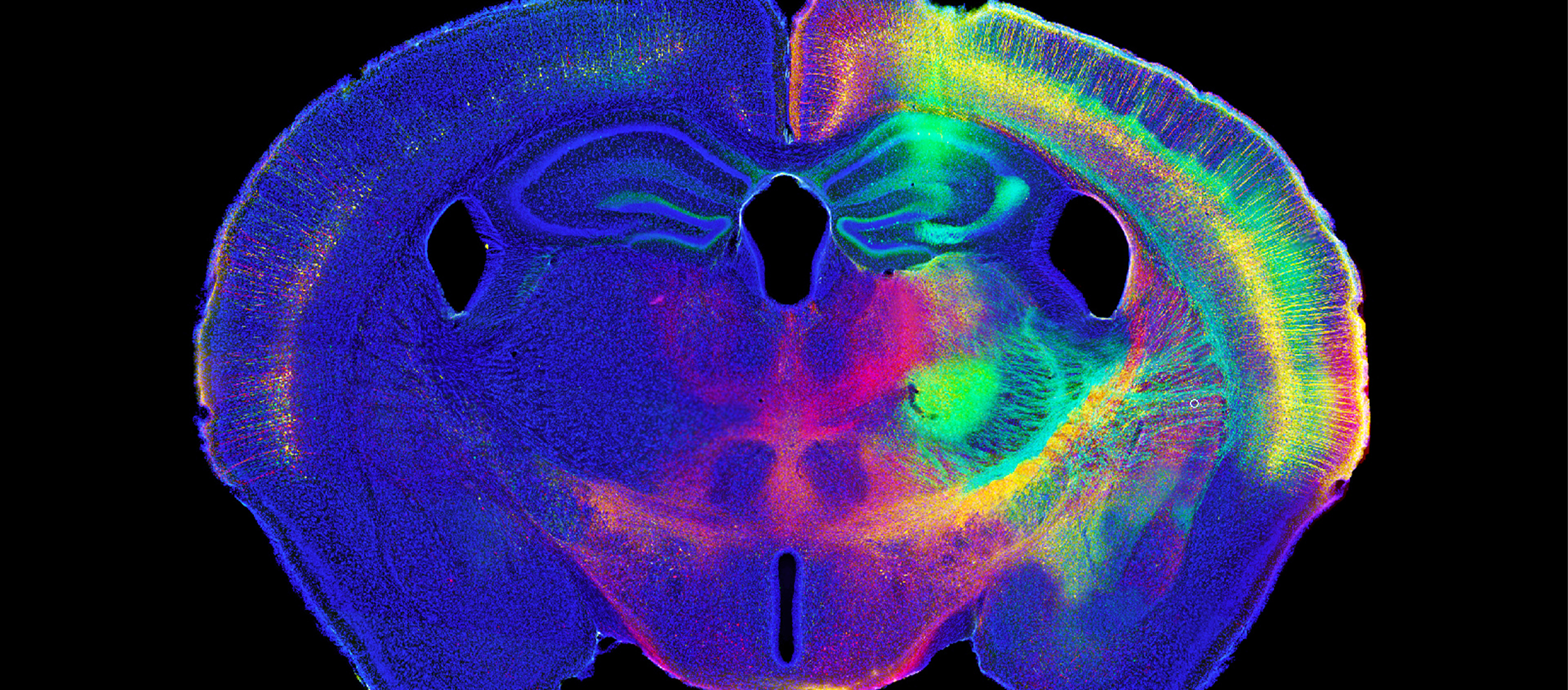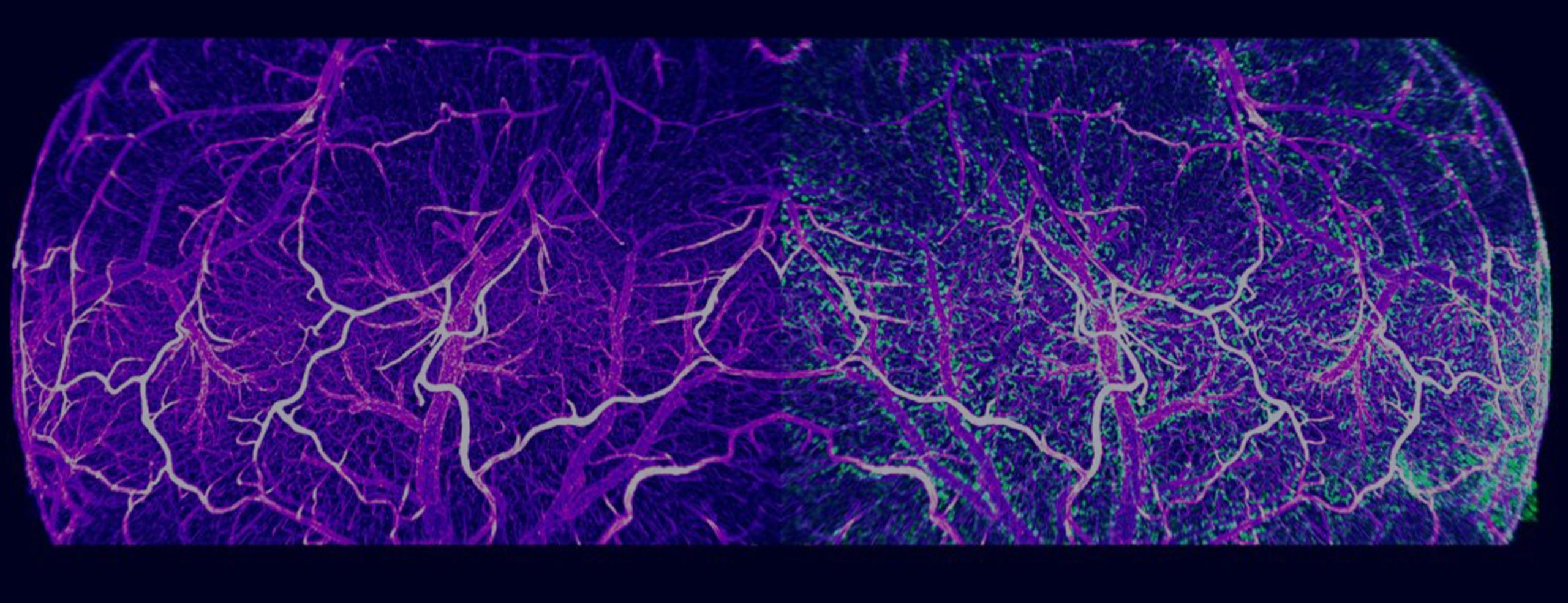Our health depends on the ability of blood vessels to deliver nutrients and remove metabolic byproducts from organs and muscle systems. But what happens to this delicately balanced process after traumatic injury? Scientists generally understand that skeletal muscles can regenerate, but little is known about how this happens at the level of our microvasculature. [caption id="attachment_7659" align="aligncenter" width="699"] Representative maps of resistance networks from feed artery...
Read More
MBF Bioscience Blog
I hope this missive finds all of you healthy and happy. The pandemic continues to interrupt our daily lives, and our ways of working and doing business. I was particularly disappointed about the cancelation of the in-person portion of this year’s Society for Neuroscience conference. I was so looking forward to seeing so many of you in person, there’s just no substitute for being connected...
Read MoreMost neuroscientists are familiar with the saying “cells that fire together wire together,” which is often used to summarize the Hebbian theory of synaptic plasticity—first put forth in Donald Hebb’s book The Organization of Behavior in 1949. The theory describes how coincident activity between pre- and post-synaptic cells can shape synaptic strength. Verified decades later, the theory has since become accepted within the neuroscientific community. However,...
Read MoreWhat if, instead of trying to zoom in on the nanoscale structures of the brain, we made them bigger? Dr. Edward Boyden and his team at MIT are doing just that. The process, known as expansion microscopy (ExM), physically enlarges brain tissue so that even extremely small molecular structures are viewable on a conventional light microscope. In his 2016 TED Talk, Dr. Boyden says: “Can we make...
Read MoreThe heart has a “little brain.” It’s a network of neurons known as the intrinsic cardiac nervous system (ICNS), and it plays a key role in regulating cardiac activity. Building on previous research (Achanta et al., 2020), which resulted in a 3D map of the rat ICNS, a new study by a team of scientists from the University of Central Florida, Thomas Jefferson University, the University...
Read MoreAs an unborn baby develops in the womb, its growth depends on a variety of factors, genetics among them. But sometimes a fetus doesn’t grow as much as is normally expected in relation to its gestational age. This is called intrauterine growth restriction (IUGR) or fetal growth restriction (FGR)....
Read MoreI suspect many of you are thinking about what “reopening” laboratories and offices post-pandemic might look like. What things could (and should) be done remotely? How will we adjust to our old, and new, social norms? These are questions we’re wrestling with at MBF Bioscience. Here in Vermont, we remain optimistic about beginning to see the light at the end of the tunnel, even while...
Read MoreThe ability to efficiently acquire large experimental data sets of 2D, 3D and 4D images is advancing rapidly across science. Tools for effectively managing and analyzing this ’big data’ are something that nearly all researchers need. MBF Bioscience has and continues to address this big data need. Modern imaging devices can produce data sets sized in the TBs. For example, our cutting edge ClearScope light sheet...
Read MoreMBF Bioscience is now leveraging how neurons learn in order to improve neuroscience research using microscopy. By incorporating artificial neural networks into MBF Bioscience software, we’re equipping neuroscientists with tools that characterize neuronal populations with unprecedented accuracy and anatomic specificity through entire brain volumes. In the webinar titled, “Improved detection of c-fos labeled and pyramidal neurons using deep machine learning in NeuroInfo,” Dr. Gerfen, joined by...
Read MoreWilliston, VT - In 2020, the National Institutes of Health awarded $71.6 million in grants and contracts to Vermont research institutions, supporting job creation and economic vitality in the Green Mountain State. The University of Vermont, the state’s largest employer, led the list of recipients, but right behind UVM is another, lesser known powerhouse in the biomedical research community—MBF Bioscience. An award-winning Vermont business, MBF Bioscience engineers...
Read More










